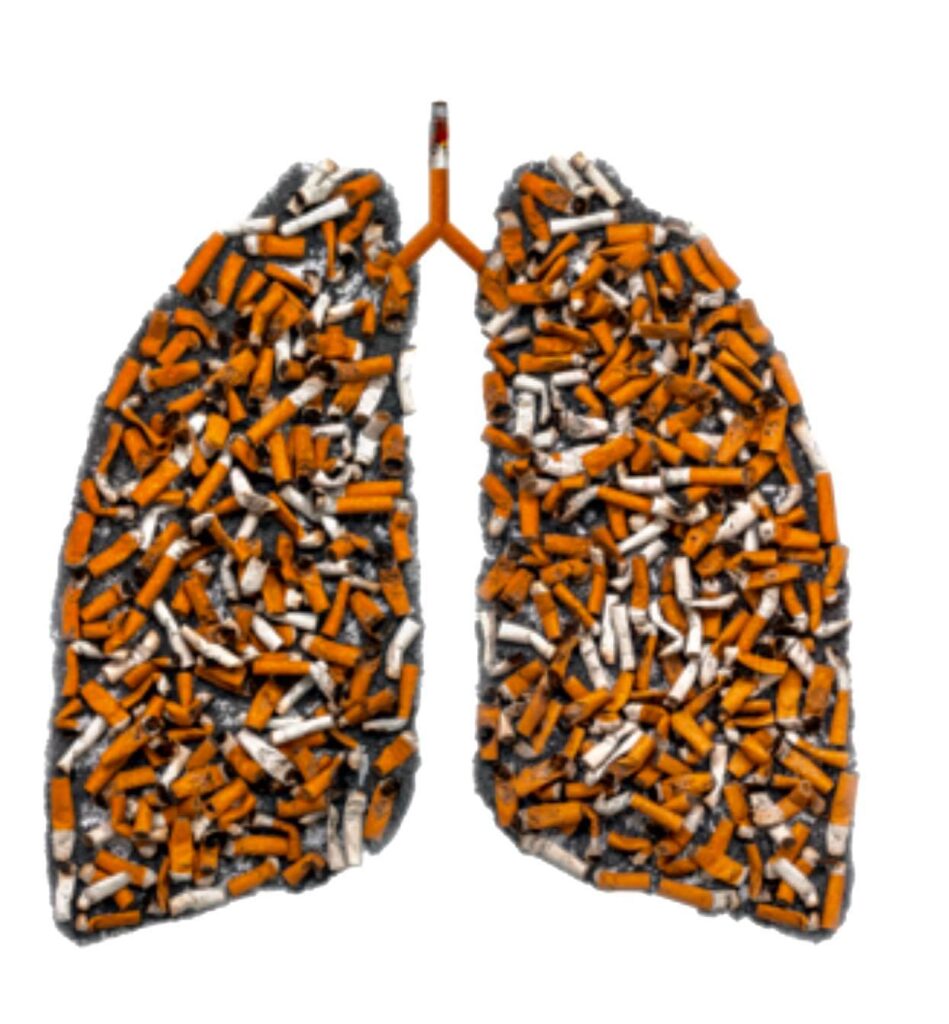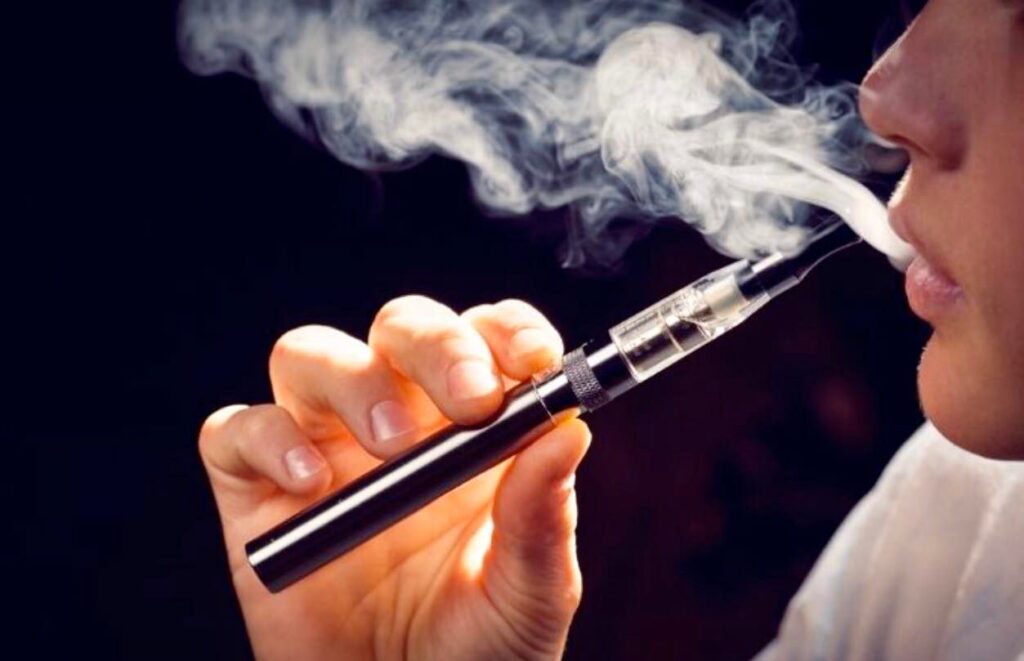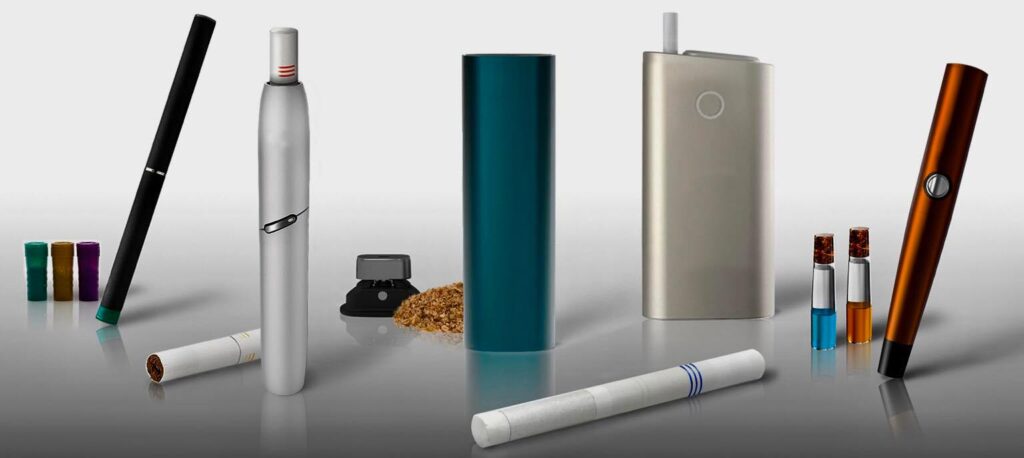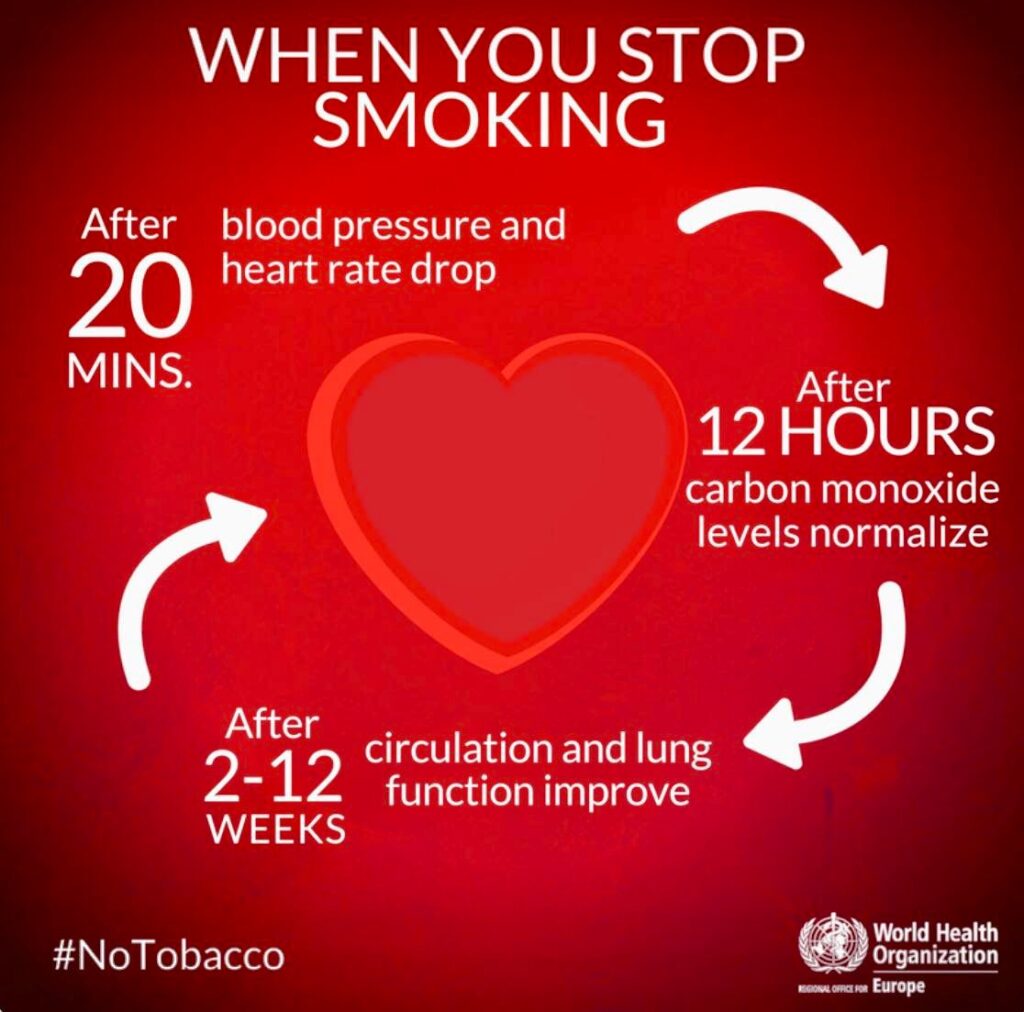by Henrylito D. Tacio

Smoking is hazardous to your health!
Smokers are more likely than smokers to develop heart disease, stroke, and lung cancer, according to the US-based Centers for Disease Control and Prevention (CDC).
Citing some studies, CDC says smoking increases the risk for coronary heart disease and stroke by 2 to 4 times. It also increases the risk of developing cancer by 25 times for men and 24.7 times for women.
“Smoking causes diminished overall health, increased absenteeism from work, and increased health care utilization and cost,” the CDC points out.
With all these health problems smokers face, they have all the reasons to kick the habit. Three out of four Filipino smokers, studies show, want to quit smoking.
But doing so is a difficult task. Out of 15.9 million smokers in the country, only about 640,000 were able to quit smoking, the latest data released by Philippine Statistics Authority showed.
Two medical experts are in agreement that smokers who cannot stop smoking really need help – or else they may not be able to kick the addictive vice.
“Smokers may be rightfully considered as victims of an addictive disease, and those who cannot quit remain part of the health equation of every nation, just as much as the healthy non-smokers,” says Dr. Rafael R. Castillo, a cardiologist and lifetime member of the Philippine Medical Association and Philippine Heart Association.
“They actually need more understanding, more attention, and more care from their physicians, who should aim for a treatment goal of at least partially protecting them from the cardiovascular and other health hazards of cigarette addiction,” explained Dr. Castillo, a professor in cardiovascular medicine.
In order for them to reduce the health hazards brought about by smoking, these smokers should be given some interventions they can lean on until they will be able to quit smoking altogether.
“Like many other interventions in daily life – seat belts in cars, motorcycle helmets, safe needle exchange in drug addiction, to cite a few – (smokers should have some alternatives to tobacco which can) reduce health harms linked to smoking,” says Professor Tikki Elka Pangestu, former director of the research policy and cooperation at the World Health Organization (WHO).
Both medical experts call this as tobacco harm reduction (THR). “(It) is a strategy to mitigate the health risk in smokers who use conventional cigarettes,” Dr. Castillo explains. “Complete smoking cessation is still the primary goal but since this cannot be achieved in the far bigger majority of smokers we describe as recalcitrant, then a pragmatic middle-ground alternative should be offered to them.”
One such strategy is the use of electronic cigarettes (e-cigarettes) or vape. “E-cigarettes are way less harmful than cigarettes and they can and do help smokers switch if they can quit,” Dr. David Abrams, a New York University professor of social and behavioral sciences in the College of Global Public Health told CBS This Morning Tony Dokoupil.
Prof. Pangetsu reported that in the United Kingdom, between 20,000 to 30,000 smokers quit each year when they switch to e-cigarettes. “In countries where these products are available, cigarette sales are falling dramatically,” he said.
Another is the use of heated tobacco products (HTPs). Like the vapes, HTPs do not burn tobacco. “As such, they are much less harmful,” Prof. Pangestu said, adding that these devices reduce as much as 90-95% of the harmful toxins which are released when a smoker lights and burns a cigarette.
By using e-cigarettes and HTPs, smokers breathed “significantly reduced levels” of the toxins released by tobacco that cause chronic diseases like carbon monoxide, tar, and harmful chemicals (benzene, arsenic and formaldehyde, to name a few).
A review of data from 11 studies with over 2,600 people showed that most of those who switched from cigarettes to HTPs “had lower levels of exposure to harmful chemicals than those who kept smoking.”
In a report published in The Conversation, the American researchers who conducted the review noted: “The lower exposure was found across a number of harmful substances linked to cancers, heart disease, and respiratory problems. This means it is possible that switching from cigarettes to heated tobacco could reduce the odds of developing these diseases.”
Two systematic reviews and meta-analyses which Dr. Castillo and his research group at the CardioMetabolic Research Unit (CaMeRU) of the FAME Leaders Academy confirmed the aforementioned findings.
“(Our study showed) there is an improvement in some cardiovascular risk factor parameters such as less increase in heart rate, higher high-density lipoprotein (good cholesterol) and less constriction of arteries,” Dr. Castillo says. “Another study also showed significantly reduced harmful elements commonly obtained by conventional cigarette smoking.”
Unfortunately, there is no data yet that will prove HTPs could help smokers quit smoking – as studies require a longer time period for these to be conducted. But based on modeling techniques and considering the beneficial effects of THR with alternative tobacco products, Dr. Castillo believes “millions will be quitting cigarette smoking and scores of thousands of lives will be saved annually with reduction of smoking-related complications.”
The American researchers – Harry Tattan-Birch, Jamie Brown and Jamie Hartmann-Boyce – have the same conclusion. “We know that most of the harmful effects of cigarettes – which kill half of all regular smokers – come from inhaling toxic chemicals made by burning tobacco,” they wrote.
As HTPs are designed to avoid burning tobacco, the researchers said they’d expect HTPs to pose a lower risk. “HTPs could benefit public health if they reduce risk and help people stop smoking normal cigarettes, without attracting people who would otherwise avoid tobacco entirely,” they stressed.
Prof. Pangestu said those alternative tobacco products (ATPs) should not be made available to non-smokers, pregnant women, and most especially to young people. “The main targets are smokers who want to quit but, unfortunately, it has also become a fashionable trend among youth,” he cautioned.
In the Philippines, recent studies showed four in 10 students reported ever smoking cigarettes. Approximately one in 8 students who had smoked cigarettes reported smoking their first cigarette before age 10.
“These ATPs should be off-limits to the youth and those who are currently not smoking,” Dr. Castillo points out. “ATPs should also be subjected to appropriate sin taxes so it’s beyond the financial reach of the youth. ATPs should not be allowed to be promoted or advertised.”
Dr. Castillo also urges health officials to prevent the youth from joining the ranks of smokers. “The evil of smoking must be included in the curriculum of elementary and high school,” he suggests. “Teaching by example is also very important. Children tend to follow what they see their parents do. Smoking parents should refrain from letting their highly impressionable small children see them smoke.”
Dr. Castillo believes the battle against smoking is a long fight. “It may be a Pollyannic or blindly optimistic goal to completely eradicate cigarette smoking with ATPs, but even just a 10% reduction in smokers annually can go a long way in saving lives,” he says.
Prof. Pangestu that ATPs should be promoted along with other options. “We need to see vape and HTPs as a complement to other available options such as education, quit lines, counseling and education and nicotine replacement therapies (such as nicotine patches, gum, and nasal sprays among others).”
Quitting smoking may be a herculean task but it can be beaten. And doing so can have several health benefits.
“It’s never too late to give up smoking,” Dr. Castillo reiterates. “Some benefits like breathing more freely, less shortness of breath and less fast heart rates and increased blood pressure on exertion can be obtained in a matter of days or few weeks after cessation.”
Other changes in the heart, lungs and arteries, he says, may take a longer time to improve but at least the deterioration is already slowed down.
“There may be permanent damage in some long standing smokers that may no longer be reversible but the risk of developing complications subsequently like stroke and heart attack is significantly reduced after giving up cigarette smoking,” Dr. Castillo assures. – ###
Credits: iStock, WHO and wikiwand.com



